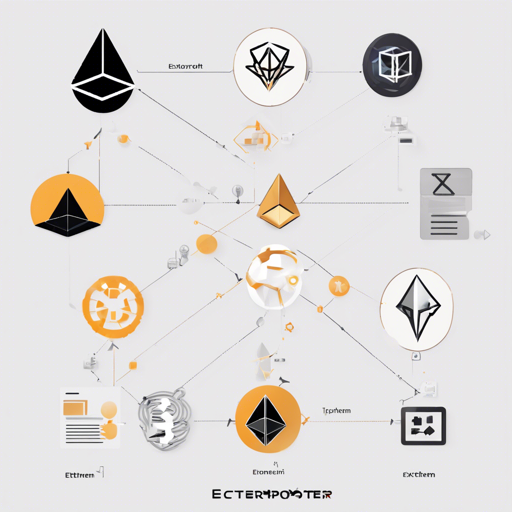Are you looking to explore Ethereum tokens effortlessly? Meet **ERC20-Exporter**, your lightweight explorer built with the magic of NodeJS, Express, and Parity. This tool enables you to browse transactions, accounts, and event logs without the need for an external database—everything is fetched in real-time from a backend Ethereum node!
Current Features of ERC20-Exporter
- Browse transactions and accounts
- Named accounts for easier identification
- Event log browser
- Support for Transfer and Approval events
- Real-time Backend Node status display
- Stylish support for all Bootswatch skins
- Accounts enumeration
- Options for IPC and HTTP backend connections
- Responsive layout for mobile and desktop
If you’re missing any features, feel free to request them by creating a new Issue.
Getting Started with ERC20-Exporter
Let’s dive into how you can get ERC20-Exporter running on your local machine. Please ensure you have the following prerequisites:
- Supported OS: Ubuntu 16.04
- Ethereum backend nodes: Parity, Geth (untested)
Step-by-Step Installation Process
- Set up a NodeJS and npm environment on your machine.
- Install the latest version of the Parity Ethereum client.
- Start Parity using the command:
parity --warp - Clone the ERC20-Exporter repository to your local machine:
- Install all dependencies using:
- Rename
config.js.exampletoconfig.jsand adjust the settings to your local environment. - Start the explorer with:
- Open your browser and navigate to
http://localhost:3000.
git clone https://github.com/gobitfly/erc20-exporternpm installnpm startNote: For larger tokens, the initial data export can take up to 30 minutes. After the export, it’s advisable to change the exportStartBlock parameter in the config file to a block number around 30,000 blocks behind the current chain tip and restart the exporter.
Understanding the Code: An Analogy
Imagine you are hosting a party (that’s your ERC20-Exporter) and your friends (representing the transactions and accounts data) are coming from different neighborhoods (Ethereum nodes). Instead of building a permanent structure to store their information, you allow them to come in, grab a drink, and leave—the data flows in real-time and does not remain stored. Just like a host relies on responding to his visitors as they arrive, ERC20-Exporter relies on the live response of the Ethereum node, giving you updated insights without any hindrance.
Troubleshooting Tips
If you encounter issues while setting up ERC20-Exporter, consider the following troubleshooting steps:
- Ensure NodeJS and npm are properly installed and updated.
- Check your Parity installation and ensure it’s running with the correct parameters.
- Verify that you have cloned the correct repository and installed all dependencies.
- Revisit your
config.jssettings for any misconfigurations.
For more insights, updates, or to collaborate on AI development projects, stay connected with fxis.ai.
At fxis.ai, we believe that such advancements are crucial for the future of AI, as they enable more comprehensive and effective solutions. Our team is continually exploring new methodologies to push the envelope in artificial intelligence, ensuring that our clients benefit from the latest technological innovations.

